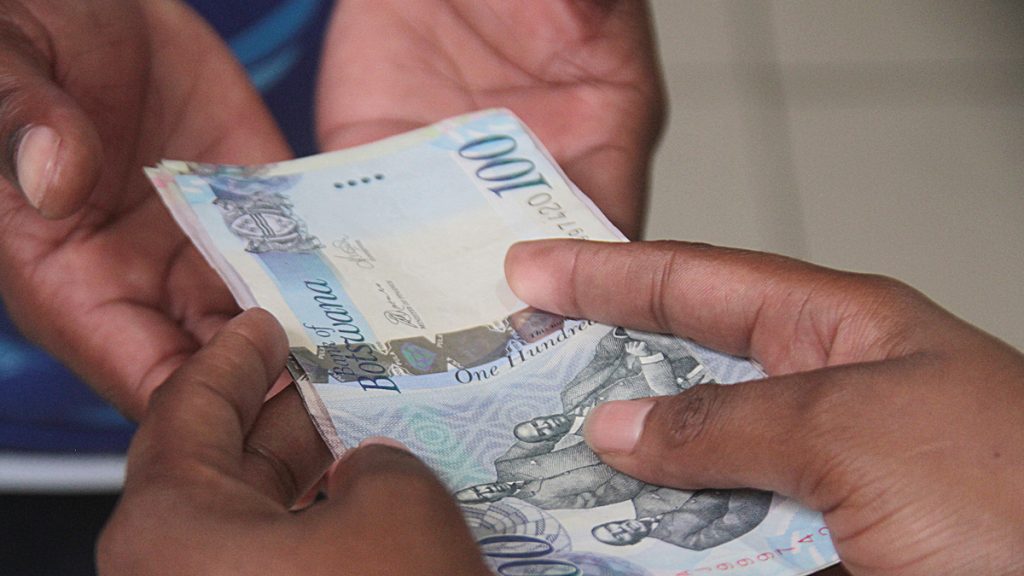- Banks are largest owed, financed 88.9% of the loans
- Govt employees leading in borrowing money
BAKANG TIRO
editors@thepattriot.co.bw
The central bank, Bank of Botswana (BoB) has disclosed in its annual December 2021 Household Indebtedness Survey that the total household debt amount to P54.8 billion. Banks are the most owed.
The household debt amounting to P54.8 billon, BoB says, comprises bank loans (88.9 percent micro-lenders loans (9.1 percent), hire purchase credit (1 percent) and SACCO’s loans (1 percent).
“As a percent of Gross Domestic Product (GDP), total household debt was 31.7 percent in the same period; this compares to the 28.4 percent in 2019. As with the previous surveys, the current survey indicated that men incur more debt than women and that the population group aged 30 to 49 years old has proportionately more debt than other age segments of the population,” said the central bank.
The banks, according to BoB, were the largest financiers of the household borrowers accounting for 59%. The banks were followed by the micro lenders at 32.2%, hire purchase 14 % and SACCOS at 31%.
“The survey has indicated that household borrowers aged 30 to 49 years were in the majority in the overall credit market at 70.6 percent (60.7 percent in 2019), followed by those aged 50 years and above (15.8 percent) and those less than 30 years (13.6 percent). In value terms, 56.3 percent (of the loans) went to males compared to 43.7 percent for females. This represented a decline from 2019 for males (61 percent) and an increase for females (39 percent),” said the central bank.
Government employees, including those working for Parastatals, emerged as the largest borrowers.
Government employees (including parastatals) accounted 59.8 percent), followed by private sector employees (36.9 percent). Those that are self-employed accounted for 2.7 percent while the unemployed individuals accounted for 0.6 percent of total household borrowers, the household indebtedness says.
According to the central bank, this is because in Botswana the government alone is the single largest employer and that explains the dominance of government employees in total household debt obligations.
“Employment contracts in Government are mostly on permanent and pensionable basis, making Government jobs more secure or reliable for purposes of a loan provision. Furthermore, domestic credit tends to be channeled towards the most productive age group (30 – 50 years) in line with the dictates of consumption smoothing the concept of the life cycle income hypothesis; thus, being supportive of welfare enhancement, economic growth and development,” reads part of survey.
BoB says general expansion in borrowing by households is supportive of economic growth and development, mainly through consumption spending and acquisition of high-value assets, such as property (land and housing) and other income-generating assets (for example, capital goods and private equity investing).
“However, there can be an increase in financial risks when increasingly higher rates of household credit growth are either not supported by a commensurate increase in personal incomes or fail to generate sufficient wealth. Risks are especially elevated when the financing conditions becomes unfavorable such as when interest rates or financing costs increase or when a declining economic activity results in reduced employment and income earning opportunities; thus, adversely affecting the borrowers’ ability to continue to meet the repayment obligations in a sustainable manner,” said BoB.
Most worrying for the financial experts is that the banks account for the highest percentage of debt and therefore this could have negative impact on their coffers post the pandemic as interest is very low.
